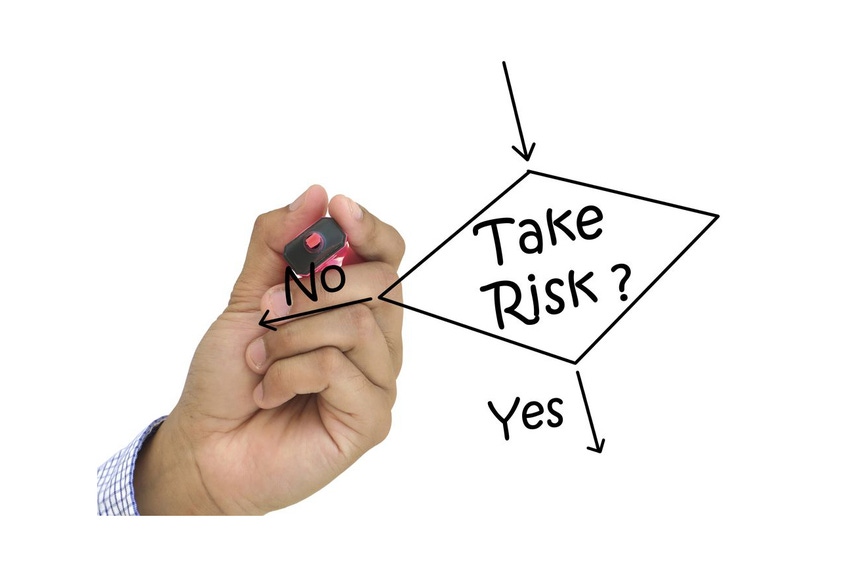Guidance for food and packaging safety inspection and evaluation
November 10, 2015

What’s the difference between a food safety inspection and an audit? And what does that mean for the packaging materials and processes at your facility? Expert Gary Kestenbaum provides guidance to avoid misunderstandings.
Some components of a food and packaging safety program evaluation are contained in a third-party audit (see the previous article, the second in this three-part series, The essential role of audits in food packaging safety, that was posted last week). In most cases, however, the important difference to consider is that the experts performing an audit are characterized as independent, but are performing their activities for the benefit or at the request of the client and auditing firm. Food and packaging facilities or companies that have recently implemented food safety programs or who have not undergone a 3rd party audit are best served by hiring an independent consultant functioning as a trained expert, whose objective it is to support the facility, company or location targeted for a future independent third party audit .
Expert food and packaging safety inspectors and evaluators focus on services to their client. The objective of a consultant inspector is to provide or interpret relevant food safety documents and manuals, explain purposes and objectives of the content in the manuals and then qualitatively assess client preparedness, execution and performance against the expectations and requirements within one or more targeted food safety schemes or programs in advance of a visit from the previously defined third-party auditor. He or she will explain all of the theory and information relating to food and packaging safety based on best practices and regulatory expectations, factored by the risk level of the product and or process at each specific facility.
Knowing the differences
It is important to understand the functions and value of a consulting inspector versus those of an independent third-party auditor. The third-party auditor is neutral, responsible for fairness and effective application of the audit process, similar to how a sports official preserves fairness within the process and promotes consistency, with no specific interest in outcome. In contrast, the food packaging safety consultant’s objective is to assist the client to prepare in advance of and excel during a third-party audit.
After the theories and backgrounds are explained to and understood by the client, the expert will present each category and expectation documented in the targeted program or scheme expectation manual. Expectations may be linked to one specific or targeted scheme or may represent a compilation of “best practices-related” requirements collected from multiple qualified food safety organizations. The consultant will explain commonalities, differences and why each is important to upstream suppliers and downstream clients, as well as relevance to regulatory agencies and involved industry organizations.
All observations of processes, documents, protocols and outcomes are recorded. Compliance, deviation from expectations and use of best practices are separately documented for integration into the final client report.
Dialogue avoids misunderstanding
Along the way, confusion or lack of understanding is patiently discussed in a dialogue with the client. For example, in the case of packaging conversion, the consulting expert may ask the client to explain how the parts collected for sale are free from physical and chemical contamination occurring within the process. In the event that the consulting expert believes that the client has not adequately provided credible evidence that the parts are protected from contamination, he or she will explain how and why that omission will negatively impact the 3rd party audit. The consultant will offer practical solutions for understanding, controlling and documenting results showing effective contamination control. Further, the expert may explain how, unbeknown to the client, microbiological contamination is a risk based on observations and prior experience with similar facilities. Here again, the consultant may provide the client with suggestions for implementing a cost-effective plan to assess microbiological quality of the facility environment and supplied products factored by the risk level and category, practicality and experience.
No evaluation concludes without full oral discussions with client representatives. The consulting expert’s objective is to insure mutual understanding of concepts, expectations, preparedness, best practices and all related subjects. Post-inspection activities include presentation of a detailed written summary of the inspection and evaluation as well as a thorough discussion of practical options for correcting deficiencies and improving marginal or risky practices as defined or required in the targeted and other industry-standard program expectation manuals. The summary will include the critical section “instructions for effective validation.” Often a mock third-party audit, trace and recall exercise is performed to identify process gaps which may be observed during a 3rd party audit. When items of weakness are identified, suggestions for improvement and compliance intended to satisfy auditor expectations will be offered.
Providing a layer of protection
In summary, a food safety expert evaluation is an excellent and comprehensive tool intended to educate, prepare and protect the auditee from confusion, embarrassment, misunderstanding and, most importantly, failure to perform well during a third-party audit. It is an invaluable tool for those businesses which are new to third party auditing, those who have had difficulty with maintaining high grades on third-party audits and those who do not have the internal resources trained to assess food safety.
Often, food safety client requirements, communicated as absolute and final, are adjusted or modified when the client has no backup or secondary source of supply. The client will typically advise the supplier that it has a specific amount of time to upgrade the process in order to remain a qualified or approved supplier. Regardless of whether the supplier is retained or not, it is understood that the supplier/client relationship was created for a reason, and the likelihood is that if that relationship is discontinued, it will negatively impact both partners.
It is usually in the interest of both parties to understand how and why vendor practices or (in)actions are viewed by the client as causing unnecessary risk within the supply chain. Closing gaps and mitigating demonstrated risk will solidify client relationships and function as an ongoing benefit as the supplier markets its products as “safe” to a broader client base within the broader food industry.
Gary Kestenbaum has 40 years’ experience in the food and packaging industries, six as a supplier with National Starch, 18 as a product developer with General/Kraft Foods and 15 as a packaging engineer and developer with Kraft. As senior food packaging safety consultant with EHA Consulting Group, Kestenbaum provides guidance on packaging safety and suitability-related projects for raw material manufacturers, converters and associated supporting professionals. He can be reached at [email protected] or 410-484-9133. The website is www.ehagroup.com.
About the Author(s)
You May Also Like




